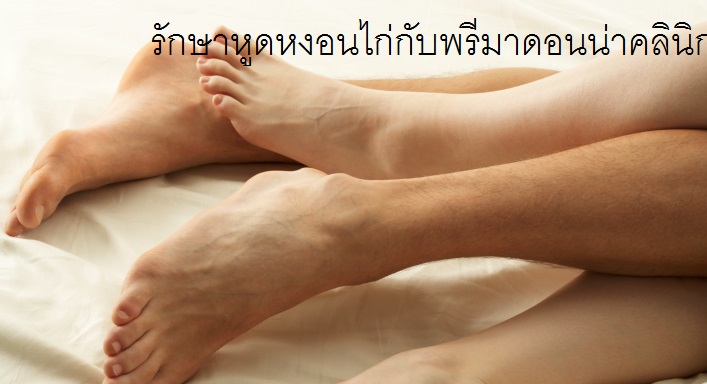Scalp Problems

Scalp Problems
Scalp Problems
Many people have hair or scalp problems. Hair may thin or fall out, break off, or grow slowly. Dandruff or an itching or peeling scalp may cause embarrassment and discomfort. Hair and scalp problems can be upsetting, but they usually are not caused by serious medical problems.
Hair loss
Hair loss, including thinning and breaking, is the most common scalp problem. Most people lose from 50 to 100 hairs per day.
Hair gradually thins as people age, although not all people are affected to the same degree. Hereditary thinning or balding is the most common cause of thinning hair. You can inherit this from either your mother's or father's side of the family. Women with this trait develop thinning hair, while men may become completely bald. The condition can start in the teens, 20s, or 30s.
Babies often lose their fine baby hair, which is then replaced by mature hair. Because of changes in hormones, women often lose hair for 1 to 6 months after childbirth or after breastfeeding is completed.
Other possible causes for excessive hair loss, thinning, or breakage include:
- Damage to the hair from hair care products, such as dyes and permanents, and from hot rollers, curling irons, or hair dryers.
- Hair-pulling or hair-twisting habits. Trichotillomania is a mental health problem in which a person pulls out his or her own hair, usually from the head, eyelashes, and eyebrows.
- Side effects of medicines or medical treatments, such as chemotherapy or radiation therapy.
- Recent surgery, high fever, or emotional stress. You may have a lot of hair loss 4 weeks to 3 months after severe physical or emotional stress. This type of hair loss usually stops within a few months.
- Diseases, such as lupus and hyperthyroidism.
- Heavy metal poisoning, such as thallium or arsenic poisoning.
- Poor nutrition, especially lack of protein or iron in the diet.
- Damage to the hair shafts from burns or other injuries.
Itching, flaking, or crusting of the scalp
Itching, flaking, or crusting of the scalp may be caused by:
- Cradle cap, an oily, yellow crusting on a baby's scalp. It is common in babies and is not caused by an illness. It does not mean that a baby is not being well cared for. See a picture of cradle cap.
- Dandruff, a shedding of the skin on the scalp that leaves white flakes on the head, neck, and shoulders. It may be a form of a skin condition called eczema, which causes increased shedding of normal scalp skin cells. Dandruff can also be caused by a fungal infection. Hormonal or seasonal changes can make dandruff worse.
- Head lice, tiny wingless insects that cause itching and raw patches on the scalp. Head lice are most common in school-age children.
- Ringworm, a fungal infection of the outer layer of the scalp and in the hair. It usually causes a rash made up of circular patches with raised, red edges that resemble worms. The rash spreads from these edges, often leaving the center clear, giving it a ring shape.
- Ongoing (chronic) skin conditions, such as psoriasis and seborrhea.
- An uncommon, recurrent skin condition called lichen planus. This condition appears more often during stress, fatigue, or exposure to medicines or chemicals.
Sores, blisters, or bumps on the scalp
Painful sores, blisters, or bumps that develop on the scalp may be caused by:
Skin cancer can occur on the scalp, particularly in areas not well-covered by hair. It can destroy skin cells and tissues and, in some cases, spread (metastasize) to other parts of the body. Skin cancer may appear as a growth or mole, a change in a growth or mole, a sore that does not heal, or irritation of the skin. The three most common types of skin cancer are basal cell skin cancer, squamous cell skin cancer, and melanoma.
Treatment
The treatment for scalp problems depends on what is causing the problem.
Check your symptoms to decide if and when you should see a doctor.





